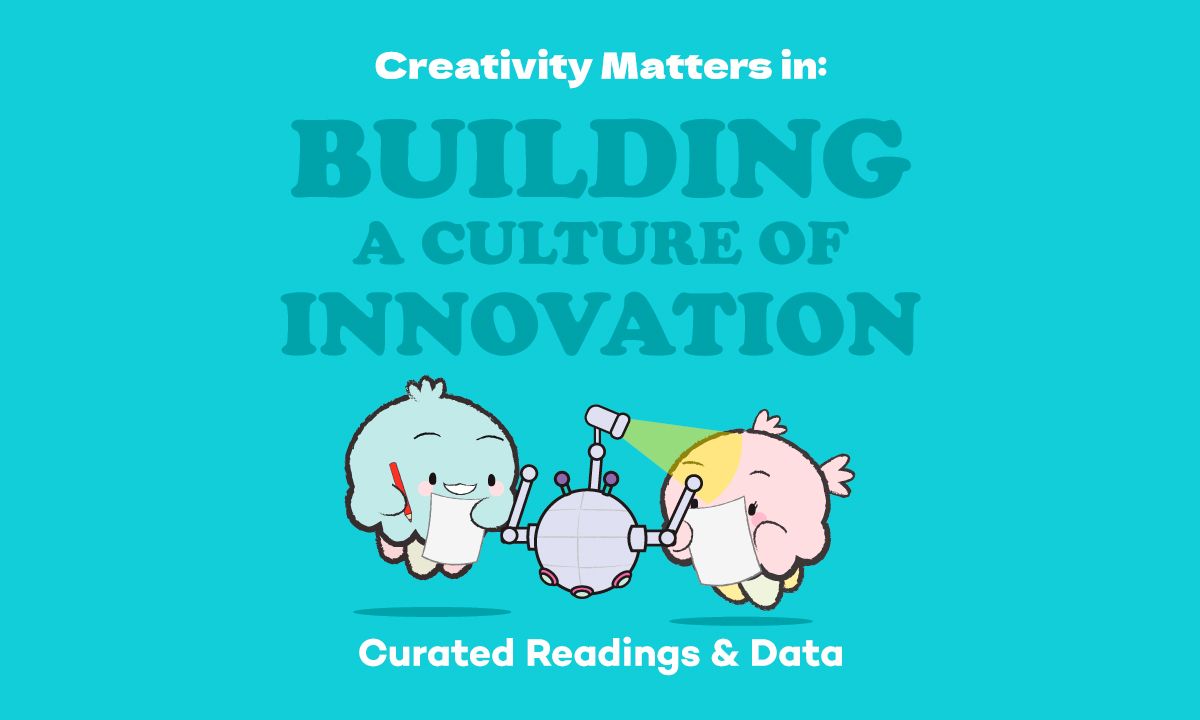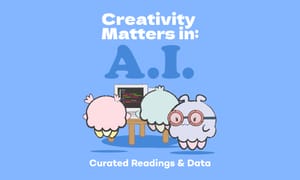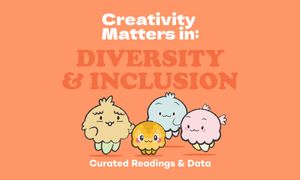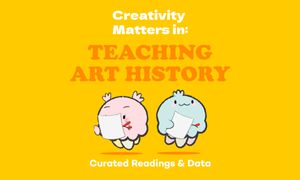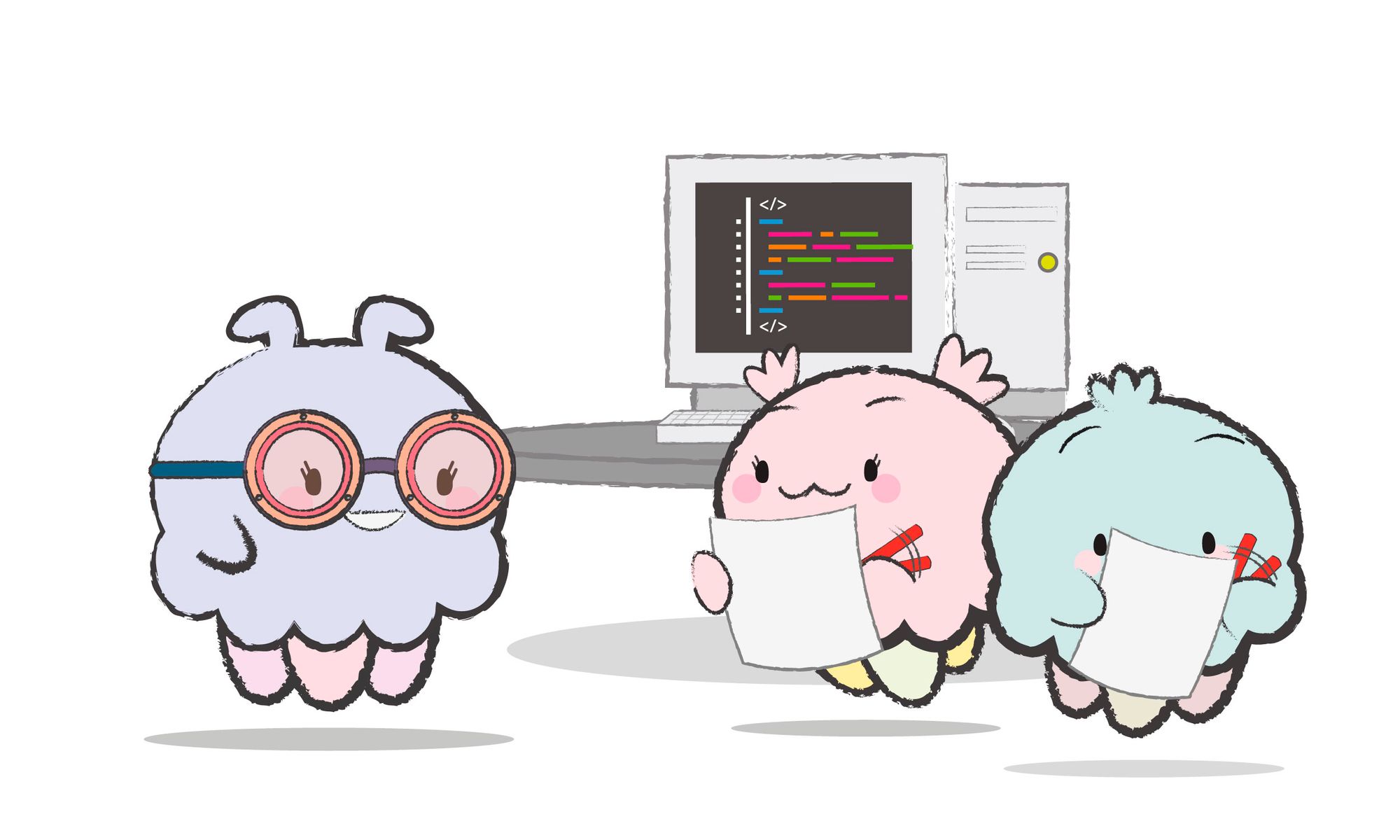
In the elementary classroom, teachers have the opportunity to create an innovative and dynamic learning environment by encouraging creativity and risk-taking among their students. By fostering a culture of innovation in your elementary classroom, you can inspire your students to think outside the box, explore new ideas, and develop critical thinking skills. These are the skills they will need to succeed in a changing world where innovation and adaptability are increasingly important.
In this article, we will explore ideas, opinions and resources from the web to help you build a culture of innovation in your classroom:
Foster Innovation Through Building Cross-Disciplinary (Coffeehouse) Environments
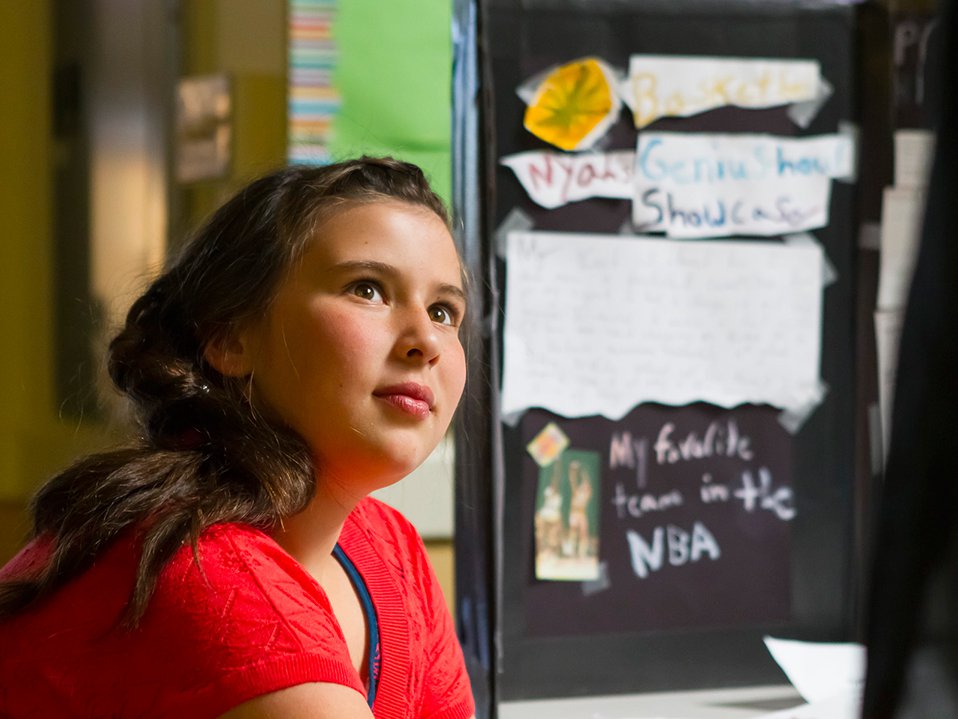
Innovators often build cross-disciplinary environments to foster creativity. Teachers can learn from each other regardless of their job title, and by sharing their teaching philosophies and methods, they can enhance the learning experience for their students.
By creating structured collaboration time, we can encourage teachers from different disciplines to share their expertise and work together to merge their approaches with what's already taking place in the classroom. So, for example, regular education teachers can benefit from art and music teachers' creative teaching methods and techniques.
Classroom Tip: Organise a "teacher swap" day. Teachers from different subjects or specialties can swap classrooms for a day and observe each other's teaching methods to get fresh ideas.
Teach Perseverance Through Makerspaces
In makerspaces, students are encouraged to persist through challenges, take risks, learn from mistakes, and persevere in problem-solving. By establishing a maker culture, students develop a maker mindset that fosters perseverance and resilience. Meaningful innovation will require time and effort and also involve plenty of failures.
To foster innovation, we must present our learners with more significant challenges that may not work out the first time and coach them on what to do when they get stuck.
Classroom Tip: Start a mini makerspace in your elementary classroom. To get started, identify a small space in your classroom dedicated to making and creating. You only need a little space to start a makerspace, just enough room for students to work on projects and access basic supplies and materials.
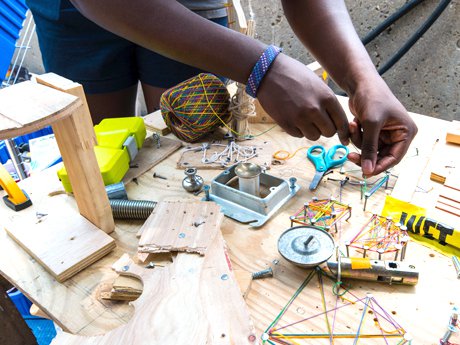
Rewarding Effort to Encourage Risk-Taking in the Classroom

Carol Dweck's research on the growth mindset shows that praising students for their ability to get the correct answers discourages them from taking risks and being innovative. As elementary teachers, we must acknowledge that each class has students entering school at different levels and skills, but we can encourage them to put more effort towards learning activities. When we praise students for their effort, even if the outcome isn't perfect, they will be motivated to continue putting in their best effort.
It's important to emphasize the processes that lead to these outcomes, such as seeking help from others, trying new strategies, and using setbacks as opportunities for growth. Praising these processes encourages students to take risks and develop resilience. When teachers focus on effort and progress rather than just outcomes, students are likelier to take on meaningful challenges and persevere through difficulty.
Classroom Tip: Praise students who take risks, try new strategies, and ask for help. Celebrate their progress.
Additional Resources
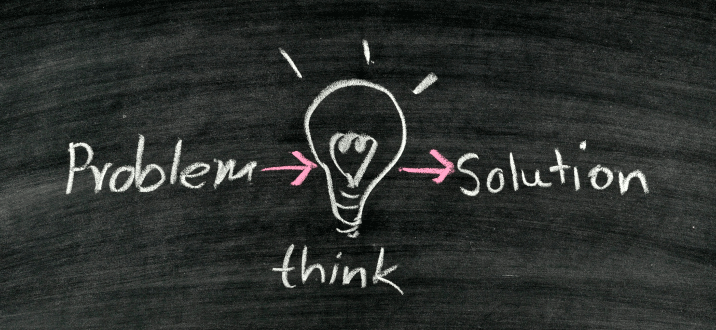
Conclusion
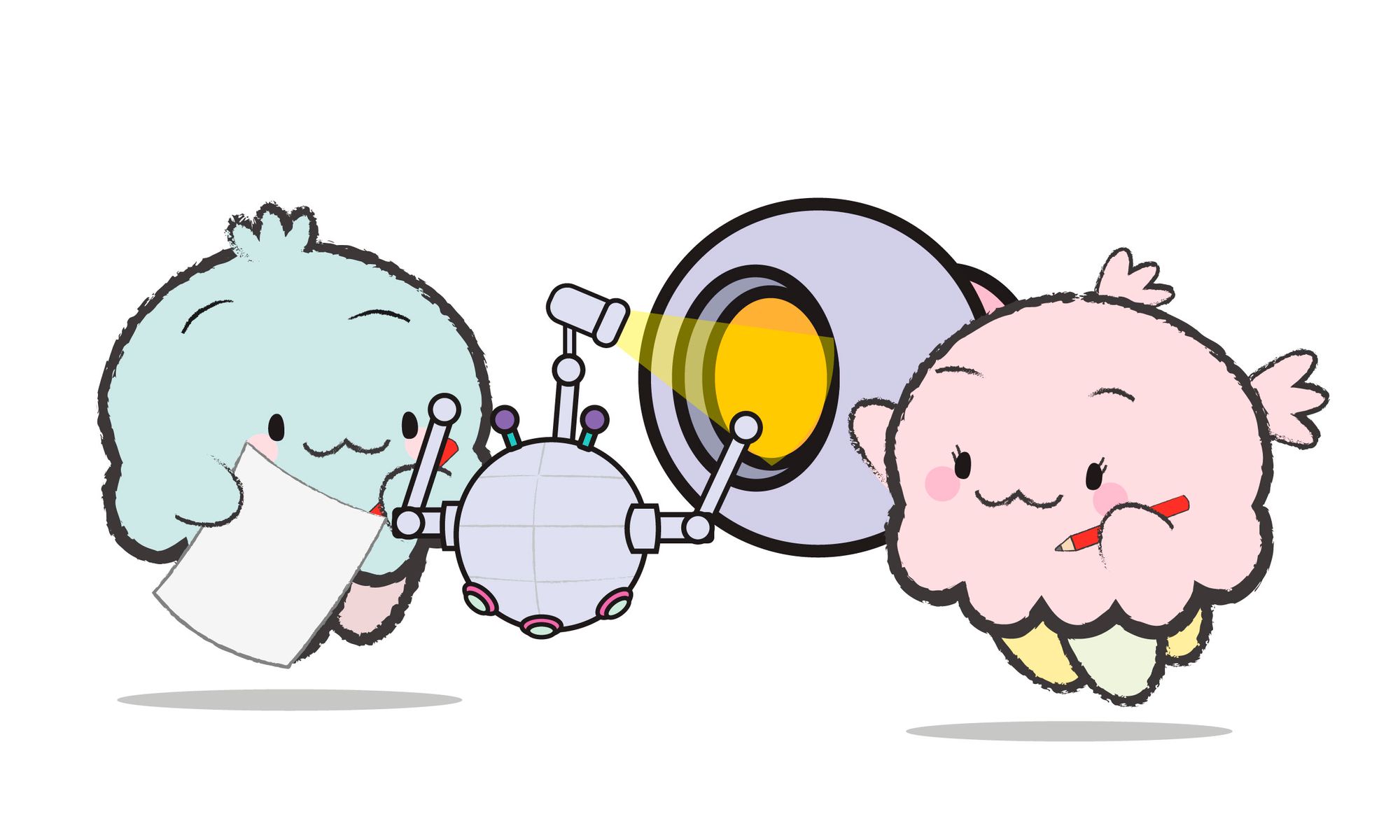
To conclude, establishing a culture of innovation is a powerful way to inspire your students and transform them into successful learners.
By celebrating creativity, encouraging risk-taking, providing opportunities for collaboration, promoting a growth mindset, and emphasizing the value of critical thinking, you can create a classroom environment that fosters innovation and inspires your students to think creatively and boldly.
Share this Teaching Resource
Our K-3 Creative Activity Printable Bundle
Boost your lesson plans with our innovative collection of printable activities for the year. "Over 100 projects with more than 400 printable sheets" to spark imagination and foster creativity in your classroom for the whole year.

PBL and Genius Hour Supplement Printable Bundle (K-3) - 2023 Edition
This creative activity bundle is jam-packed with over 100 projects with more than 400 printable activity sheets for 6-9 year olds. With a focus on creativity and hands-on learning, this bundle is perfect for keeping little learners engaged, designing and creating for an entire year.
An excellent resource for teachers, subs, parents and caregivers looking for fun and creative activities to keep kids busy and learning. It's perfect for use in the classroom, at home or on the go. With so many activities to choose from, kids will never be bored!
- DIGITAL ONLY PRODUCT i.e. PDF format.
- Over 100 projects with more than 400 printable sheets.
- Printable sheets mainly black & white.
- Includes links to supporting online resources.
- File size: 166.5 MB / 518 pages.
Or join our Premium Subscription to access all the printable worksheets in the bundle and more for only $3/month.

